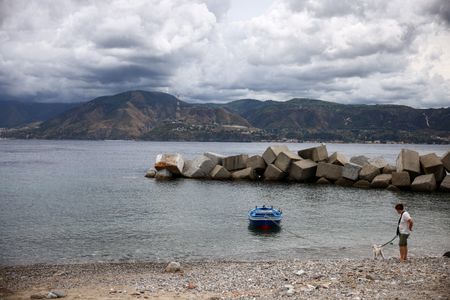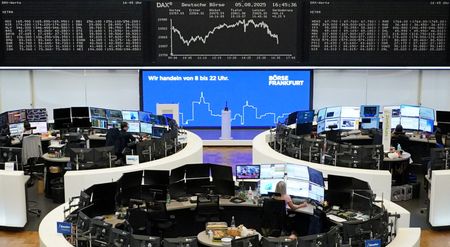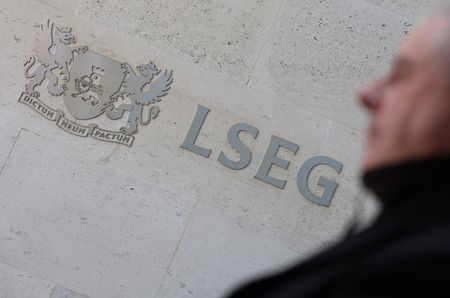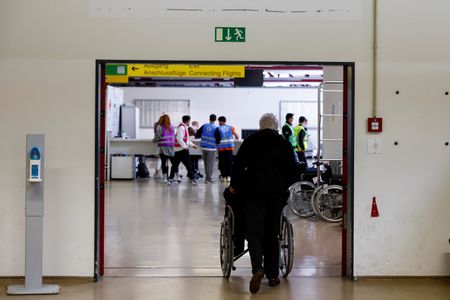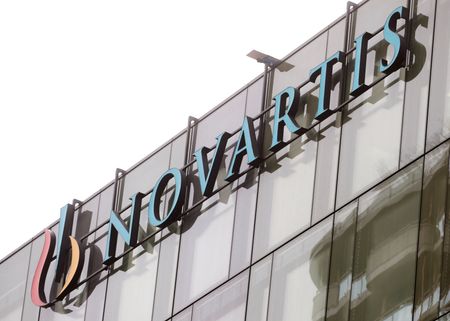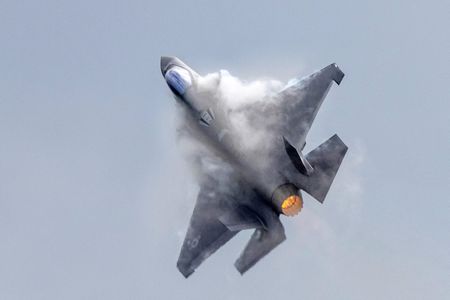By Angelo Amante
MESSINA/ROME (Reuters) -Italy’s government gave final approval on Wednesday to the construction of what will be the world’s longest single-span bridge, linking Sicily to the mainland, despite environmental, financial and other concerns that have delayed it for decades.
The 3.7-kilometre (2.3-mile) structure, set to break the record currently held by Turkey’s Canakkale Bridge across the Dardanelles, has been under discussion since at least the late 1960s as a tool to develop Italy’s poorer south.
The right-wing government of Prime Minister Giorgia Meloni made it a priority and has set aside 13.5 billion euros ($15.63 billion) over the next 10 years to build it and surrounding facilities.
The Interministerial Committee for Economic Planning and Sustainable Development (CIPESS) gave its green light to the project during a meeting in Rome, paving the way for the start of construction work.
“It is not an easy task but we consider it an investment in Italy’s present and future, and we like difficult challenges when they make sense”, Meloni said at the meeting, her office said.
The bridge to Sicily, which has a population of 4.7 million, should be ready in 2032, the Messina Strait Company said.
The project has faced stiff opposition from those who question the wisdom of building such a bridge in an earthquake zone. Many also fear cost overruns, possible environmental damage and mafia infiltration in construction contracts.
Some citizens’ groups opposed to the bridge say it is unnecessary, and environmental associations this week filed a complaint with the European Union, flagging serious risks for the local environment.
“CIPESS is a biased arbiter, we hope that real arbiters – third party figures, the Court of Auditors, the EU, the judiciary – will come and stop this game, which is devastating for our territory,” no-bridge campaigner Daniele Ialacqua told Reuters.
Yet the bridge also has strong support from those who believe a fast rail and road connection will provide a much-needed boost to Sicily and the rest of Italy’s southern regions.
The current ferry crossing takes about 20 minutes, plus boarding and disembarkation which can require hours at peak times. Trains to and from Sicily are also taken onboard ferries, in a process that takes around two hours.
Italy is seeking to categorise investment in the bridge as part of defence spending, which would help it meet pledges by NATO countries to boost military budgets to 5% of gross domestic product by 2035.
Matteo Salvini, leader of the co-ruling League party and Transport Minister said the infrastructure would have both civilian and military purposes.
“It is obvious that it is dual-use and can therefore be used for security reasons too,” he said in a press conference.
The Strait of Messina Bridge Project was awarded to the Eurolink consortium following an international tender.
Italy’s largest construction company, Webuild , leads the consortium, which includes Spanish group Sacyr and Japan’s IHI.
According to the Messina Strait Company, Wednesday’s approval will allow the start of preliminary works, including archaeological and geological surveys. Land expropriations will also be authorised.
The Court of Auditors, however, will first need to validate the committee’s decision. A source close to the matter said this could take a few weeks, and Salvini said work could start in September-October.
Webuild has active construction projects worldwide including Saudi Arabia’s giant NEOM project. Sacyr participated in the Panama Canal expansion, and IHI has been involved in the Akashi suspension bridge in Japan and the Osman Gazi suspension bridge in Turkey.
Webuild has estimated that the construction could create more than 100,000 jobs.
($1 = 0.8639 euros)
(Reporting by Angelo Amante; Additional reporting and writing by Giselda Vagnoni; Editing by Alvise Armellini, Muralikumar Anantharaman, Gareth Jones, Alexandra Hudson)

